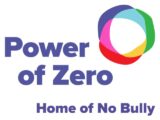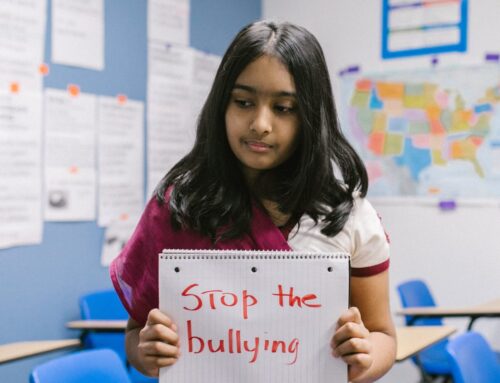Online bullying and harassment have risen significantly during the pandemic and the numbers are staggering. The most recent Pew Internet Survey found that 25% of Americans were the targets of severe harassment in the past year (defined as stalking, physical threats, sustained harassment or sexual harassment). When we include offensive name-calling and purposeful embarrassment in this list, the total of Americans harassed online rises to 41%.
With numbers at this level it makes the odds greater than even that you or someone close to you has been the target of cyberbullying or online harassment. And this is not limited to the United States. Decline in online civility is a worldwide phenomenon. According to Microsoft’s Digital Civility Index for 2021 teenagers and adults in 18 countries said online civility has deteriorated under lockdown with respondents in Poland, Philippines, Italy, Germany and Hungary reporting the sharpest net-negative sentiment.
To gain a sense of how online harassment is playing out, check out our interview with Val Whiting, former WNBA player and two-time All-American, about her experience of being trolled for standing up for female athletes online. Her bullying took place on TikTok, which sadly is not that, unusual, with over 75% of online harassment taking place on social media.
Our work at Power of Zero is at the younger age range, where the percentages of youth being bullied are not that different, but a young person’s capacity to deal with cyber abuse renders them far more vulnerable to harm. Ditch the Label’s most recent Annual Bullying Survey found that 27% of youth (aged 12 to 18) in the United Kingdom are the target of cyberbullying. The Cyberbullying Research Center found that 21% of American tweens (between the ages of 9 and 12 years old) have been directly affected by cyberbullying, either as a target or perpetrator or a witness.







Leave A Comment